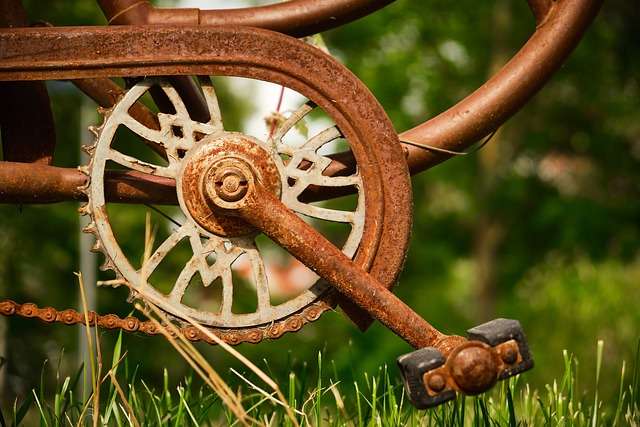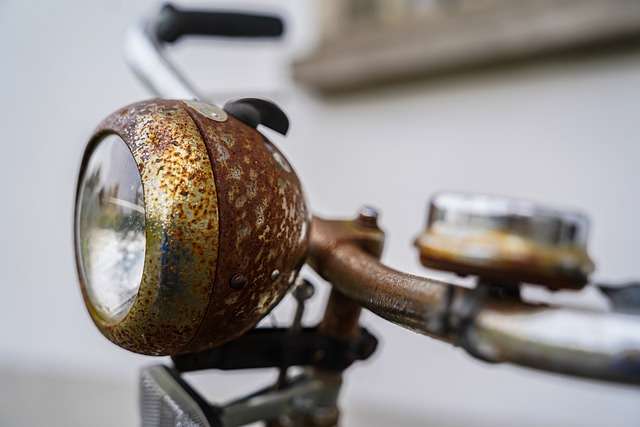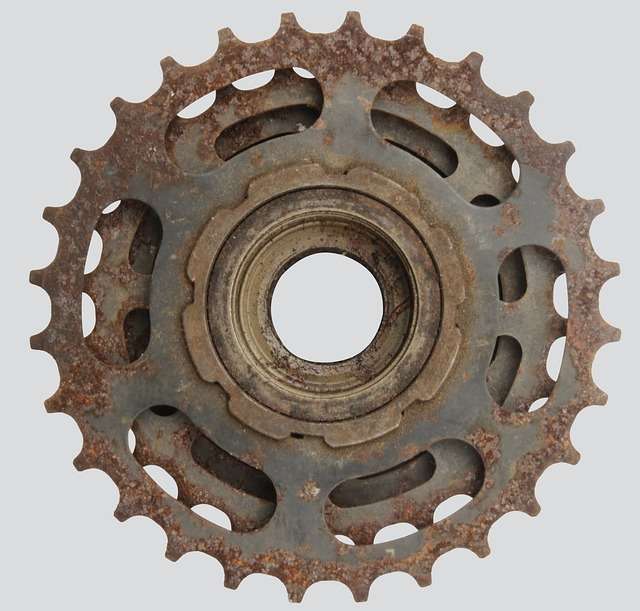
How can I prevent rust on various bicycle parts and frames?
Introduction:
How can I prevent rust on various bicycle parts and frames? Battling rust on your beloved bicycle can feel like a constant struggle, but fear not – this guide is here to simplify the process and equip you with practical tips. Rust, the arch-nemesis of Bicycle enthusiasts, emerges when metal meets moisture and oxygen, making bicycles vulnerable to the elements like rain, humidity, and road salt. The culprits? The frame, chain, bolts, nuts, spokes, and other metal components. In this guide, we break down the art of rust prevention into straightforward steps, ensuring that even those new to Bicycle maintenance can keep their two-wheelers in top-notch condition.
Understanding Rust:
What is rust? Rust is like the arch-enemy of your Bicycle because it forms when metal parts meet oxygen and moisture. Bicycles face rust issues due to exposure to elements like rain, humidity, and road salt. The trouble spots are often the frame, chain, bolts, nuts, spokes, and other metal components.To combat the challenges posed by rust, it is crucial to comprehend the chemical reactions taking place and the environmental conditions that facilitate rust formation. Armed with this knowledge, cyclists can implement effective preventive measures and maintenance routines to safeguard their bicycles against the relentless march of oxidation. The battle against rust begins with a deeper understanding of its origins and mechanisms, allowing cyclists to adopt proactive strategies for the long-term well-being of their two-wheeled companions.

Explanation:
1. Pick the Right Materials:
Choosing rust-resistant materials is like giving your Bicycle armor against rust. Look for bicycles made from aluminum, titanium, or carbon fiber, as these materials are less likely to corrode. If you’re into the classic steel frames, go for modern steel alloys with protective coatings for added durability.
2. Regular Cleaning and Maintenance:
Simple regular cleaning is your secret weapon. After each ride, grab a dry cloth and wipe your Bicycle down to get rid of any moisture. Pay extra attention to areas that are prone to rust, like the chain, cassette, and metal frame parts. Use a brush or an old toothbrush to clean hard-to-reach spots.
3. Apply Protective Coatings:
Think of protective coatings as your Bicycle’s shield against rust. There are sprays and waxes made just for bicycles that create a barrier against moisture and oxygen. Bonus: they make your Bicycle look glossy and sleek.
4. Use Corrosion-Resistant Components:
When you need to replace or upgrade parts, go for materials that resist corrosion. Stainless steel is your buddy here; use it for bolts, nuts, and other hardware in critical areas to minimize the risk of rust.
5. Keep Your Bicycle Dry:
Rain and moisture are like rust’s best friends. Store your Bicycle indoors whenever you can, and if it has to stay outside, get a waterproof Bicycle cover. Fenders are also great to stop water and mud from splashing onto your Bicycle.
6. Lubricate Moving Parts:
Moving parts, like the chain, need a little love to stay rust-free. Regularly use a good Bicycle lubricant – it reduces friction and creates a protective layer, keeping moisture away.
7. Inspect and Address Scratches and Chips:
Scratches and chips in your Bicycle’s paint can expose metal, inviting rust. Check your Bicycle often and fix any scratches with touch-up paint or clear sealant to stop rust in its tracks.

8. Store Your Bicycle Properly:
A cool, dry place is like a spa for your Bicycle. Invest in a Bicycle stand or wall mount to keep it off the ground, reducing the chance of moisture getting in. This also makes it easier to clean and check your entire Bicycle.
9. Rust Removal and Treatment:
If you see the early signs of rust, don’t panic. Use something gentle, like aluminum foil or a rust eraser, to remove surface rust. Then, apply a rust converter or inhibitor to stop rust from spreading.
10. Professional Inspection and Maintenance:
Schedule regular check-ups with a pro. A Bicycle mechanic can spot potential rust problems, apply special treatments, and give you expert advice on keeping your Bicycle in top shape.
Conclusion:
In the quest to keep your bicycle rust-free, simplicity meets effectiveness. Regular cleaning, the right materials, and a keen eye for potential rust spots can make all the difference in preserving the performance and aesthetics of your ride. By embracing these straightforward measures, you not only protect your Bicycle from the relentless grip of rust but also extend its lifespan and maintain its visual appeal. Picture a future where rust is just a distant concern, and your bicycle stands resilient against the elements. It’s not just about preventing rust; it’s about ensuring your cycling experience remains smooth, enjoyable, and free from the corrosion blues. So, armed with your newfound knowledge, let’s embark on the journey to rust-free cycling and savor the joy of a pristine, well-maintained bicycle for years to come.
Frequently Asked Questions (FAQs):
1. How can I prevent rust on my bicycle without using specialized products?
You can prevent rust by regularly cleaning your Bicycle after rides. Wipe it down with a dry cloth to remove moisture and dirt, paying attention to areas prone to rust. Applying a thin layer of general-purpose lubricant to the chain and other metal parts can also provide a protective barrier against moisture.
2. Are all bicycle frames equally susceptible to rust?
No, different frame materials have varying levels of susceptibility to rust. Aluminum, titanium, and carbon fiber frames are naturally rust-resistant. Steel frames, while more prone to rust, can be protected with proper coatings and maintenance. Modern steel alloys often come with protective layers to minimize rusting.
3. Can I use household items to remove surface rust from my Bicycle?
Yes, household items like aluminum foil or a rust eraser can be effective in removing surface rust. Gently rub the affected areas to lift the rust, and follow up with a rust inhibitor or converter to prevent further oxidation.
4. How often should I lubricate my Bicycle’s moving parts to prevent rust?
Lubricate your Bicycle’s moving parts, especially the chain, every 100-200 miles or more frequently in wet or dusty conditions. Use a high-quality Bicycle lubricant to reduce friction, repel moisture, and create a protective layer against rust.
5. Can I store my Bicycle outdoors without it rusting?
While it’s not ideal, you can store your Bicycle outdoors with proper precautions. Use a waterproof Bicycle cover, elevate the Bicycle off the ground if possible, and ensure all parts are well-lubricated and protected. Regularly inspect and clean your Bicycle to prevent rust from taking hold.
